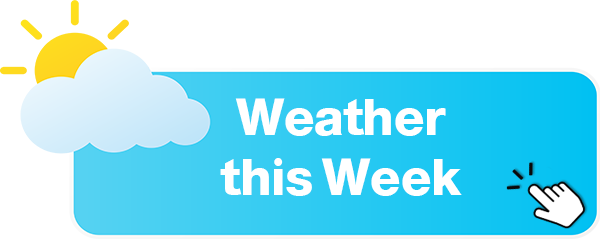In a bold move to combat spam and bot activity on its platform, X, formerly known as Twitter, has announced the implementation of a paid subscription model for new users. Starting with a trial in New Zealand and the Philippines, these users will be required to pay an annual fee of $1 to engage in posting and interacting with other users’ content. This strategic decision by X comes after its acquisition by Elon Musk, who has been vocal about the need to address the proliferation of bots on the platform. Let’s delve deeper into the motivations behind this move and its potential implications
Fighting the Bot Epidemic
The rise of social media bots has become a growing concern, as these automated accounts often spread misinformation, manipulate engagement metrics, and undermine the authenticity of user interactions. Elon Musk, CEO of SpaceX and Tesla, has long been an advocate for combating bot activity, even before acquiring X. He claimed that Twitter’s daily active user count was inflated by bots, which prompted him to push for changes to the platform’s practices.
The Not A Bot Program
X’s new subscription model, aptly named “Not A Bot,” aims to deter bot activity by introducing a nominal fee for new users. By requiring individuals to pay $1 annually to access posting and interaction features, the platform hopes to create a barrier that discourages automated accounts from proliferating. This move aligns with Musk’s vision of fostering a more genuine and trustworthy social media environment.
Implications for New Users
Under the new subscription model, users who choose not to pay the annual fee will still have access to view posts and follow accounts but will be unable to actively participate in conversations through tweets, retweets, and other forms of engagement. X emphasizes that this fee is not intended as a profit driver but rather as a mechanism to maintain the platform’s integrity and user experience
Criticism and Challenges
While X’s initiative to combat bot activity is commendable, there are concerns about potential drawbacks. Critics argue that the fee might deter new users, particularly those from economically disadvantaged backgrounds or regions where $1 could represent a significant financial burden. However, X has not ruled out the possibility of offering alternative options or exemptions for users facing financial constraints.
Moreover, the success of this subscription model will depend on its ability to effectively filter out bots and ensure that genuine users are not inadvertently classified as automated accounts. Striking a balance between user verification and accessibility will be crucial for X to maintain a thriving and diverse user base.
The Future of Social Media
X’s decision to introduce a paid subscription model for new users signals a broader shift in the social media landscape. As platforms grapple with issues of authenticity, misinformation, and user trust, innovative approaches like X’s Not A Bot program may pave the way for a more secure and transparent online environment. This move could potentially inspire other social media companies to explore similar initiatives and redefine their relationship with bots and spam accounts.











